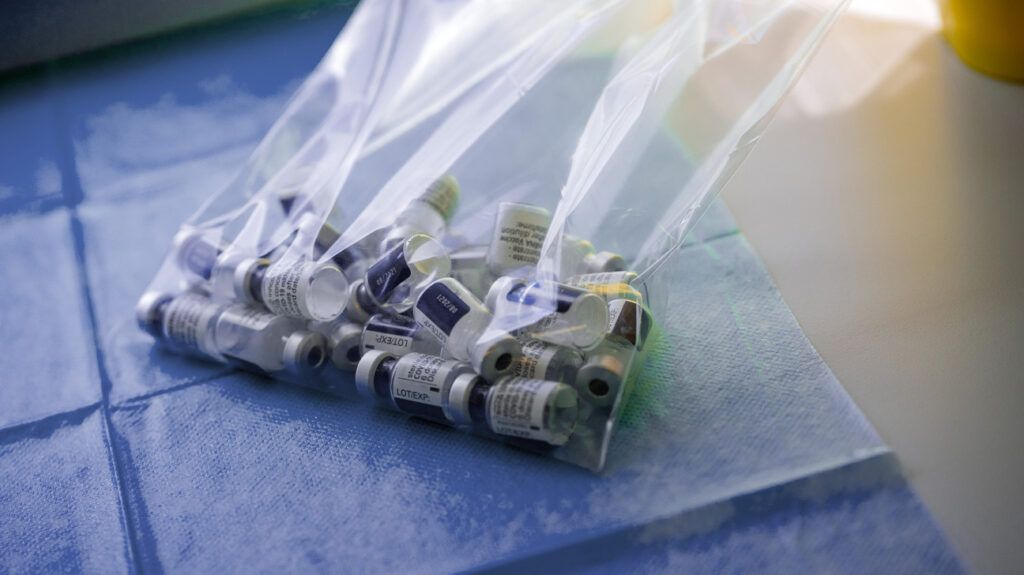The Impact of Particulate Matter on Respiratory Health and Potential Reversal Strategies

Recent studies reveal how PM2.5 particles damage the respiratory system by impairing mucociliary clearance, with promising avenues for reversing this damage through targeting protective enzymes like ALDH1A1.
Air pollution remains the second leading global risk factor for mortality, affecting billions of people worldwide. Despite its significant health impact, the mechanisms through which air pollutants harm human respiratory systems are not fully understood, hindering the development of effective treatment options. Recent research led by the University of Osaka, published in the Journal of Clinical Investigation, sheds light on how fine particulate matter (PM2.5) damages airways and explores promising avenues for reversing this damage.
PM2.5 particles are tiny pollutants originating from sources such as vehicle emissions, wildfire smoke, and dust. When inhaled, these particles penetrate deep into the respiratory tract, causing structural and functional airway damage. Using experimental mouse models, scientists exposed subjects to environmental pollutants and examined the ensuing changes within their respiratory systems. The findings revealed that PM2.5 significantly impairs mucociliary clearance — the body's primary defense mechanism that traps and expels pollutants via mucus and cilia.
The study identified that exposure to PM2.5 induces oxidative injury in the airways, leading to the formation of reactive aldehydes derived from lipid peroxides. These aldehydes are highly reactive and damage the airway's protective cells, including cilia, which are responsible for clearing debris and pollutants. When cilia are compromised, the risk of secondary infections and respiratory diseases increases.
To combat this damage, researchers investigated the protective role of the enzyme aldehyde dehydrogenase 1A1 (ALDH1A1). Mice lacking this enzyme exhibited impaired cilia function and elevated aldehyde levels, making them more vulnerable to pollution-related injury. Conversely, enhancing ALDH1A1 activity through pharmacological means improved mucociliary function, suggesting that boosting this enzyme could be a potential therapeutic strategy.
These insights reveal the path by which PM2.5 particles prevent the lung's natural cleaning process and highlight ALDH1A1 as a key target for developing protective treatments against air pollution-induced airway damage. As air pollution continues to threaten global health, understanding and harnessing such biological mechanisms is vital for preserving respiratory health and developing future therapies.
Source: https://medicalxpress.com/news/2025-06-particulate-airways-reversed.html
Stay Updated with Mia's Feed
Get the latest health & wellness insights delivered straight to your inbox.
Related Articles
Study Reveals How Aging Affects Liver Function Through Cell Enlargement and Inflammation
New research highlights how aging causes liver deterioration through cell enlargement and inflammation, offering insights into potential therapies to maintain liver health in older adults. source: https://medicalxpress.com/news/2025-07-liver-function-declines-age-cell.html
CDC Considers Ban on Thimerosal in Vaccines: Key Points You Should Know
Learn about the CDC's move to ban thimerosal in vaccines, its safety profile, and what this means for vaccine availability and public health.
High-Resolution Insights into Metabolic Transitions from Fruit Fly Mothers to Embryos May Enhance Understanding of Human Development and Disease
A high-resolution study uncovers the detailed metabolic exchange from mother fruit flies to embryos, offering insights into human developmental health and diseases.
Experts Urge Medical Consultation Before Trying Water-Only Fasting Diets
Experts warn that water-only fasting diets can pose health risks, especially for individuals with existing conditions. Consult your healthcare provider before attempting prolonged fasting to ensure safety and understand potential effects.



